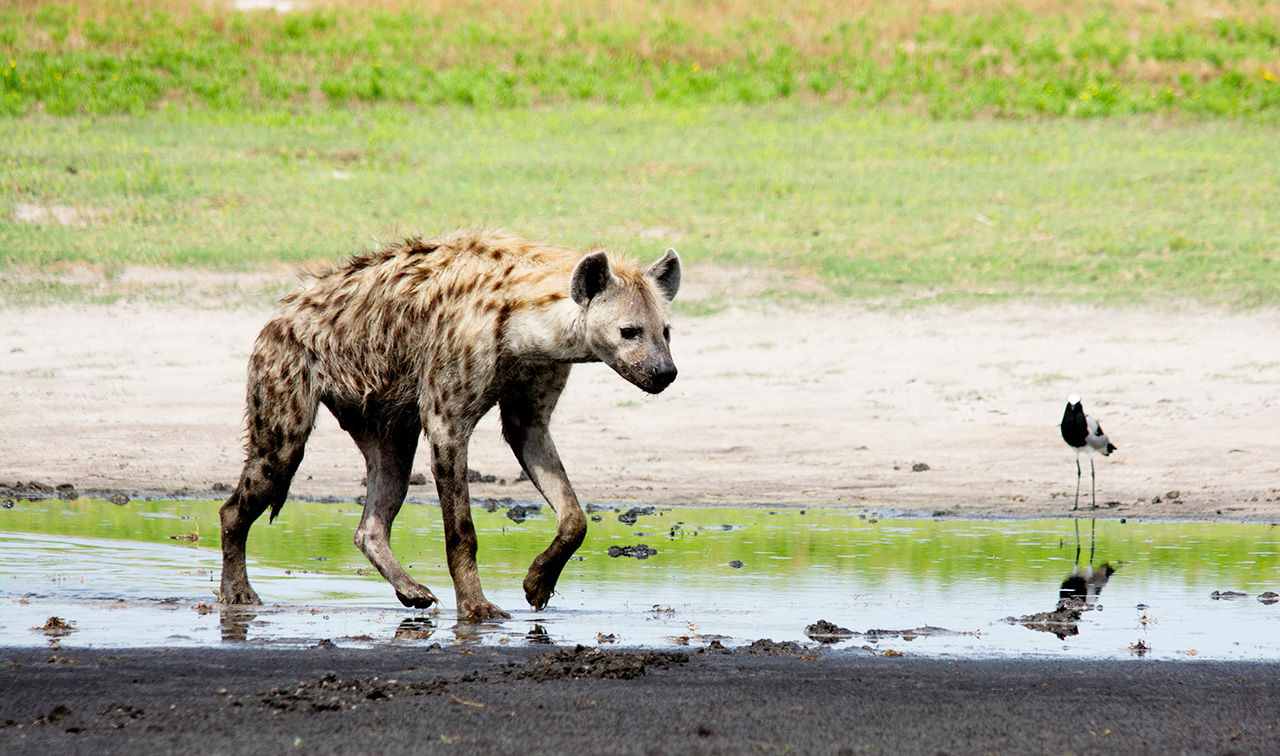This remote park in the far west is pristine wilderness, which, to the ardent bush-lover, is its biggest attraction, and the rewards are great indeed.
The game is spread out across the plains and takes some driving around to find, but to come upon a vast herd of blue wildebeest, a prowling wild dog, or a pride of dozing lions in this forgotten piece of Africa is especially fitting because of its completely natural and uncommercialised state.
The birdlife is abundant and the very dramatic storms and lightning rising up on the horizon, contrasting with the green and gold grasslands, create spectacular views and fantastic photographic opportunities.
Park size: 3660 km²
Proclamation: 1972
WILDLIFE
In November, with the onset of the rains, the massive herds of blue wildebeest arrive from Angola, traversing the plains in their thousands, very often mingling with zebra along the way or gathering around water holes and pans.
Other unusual antelope found include oribi, red lechwe, steinbuck, duiker, tsessebe and roan. The Jackal, serval, wildcat, wild dog as well as lion and hyena are the predators of the area. Many birds migrate here during the rains and massive flocks of birds can be seen as they migrate south. Some of the more notables are the white bellied bustards, secretary bird, red billed and hottentot teals, crowned and wattled cranes, long tailed whydah, sooty chat, yellow throated longclaw, large flocks of black winged pratincoles around the pans, fish eagle, tawny eagle, marshall eagle, woodland kingfisher, pink throated longclaw. The plains are dotted with woodlands which also make for excellent birding.
WHEN TO VISIT
August to December. In November as the rainy season begins, dramatic cloud formations erupt as the storms build, creating spectacular skylines and with the onset of the rains, carpets of flowers explode around the pans. This is also the time when large herds of blue wildebeest migrate across the plains from neighbouring Angola.



